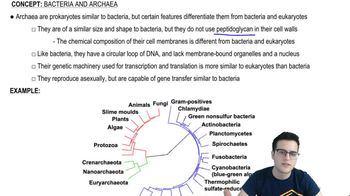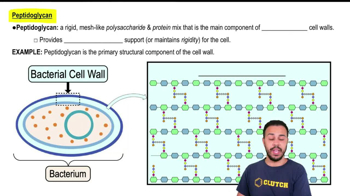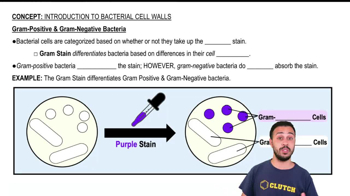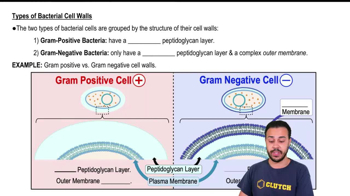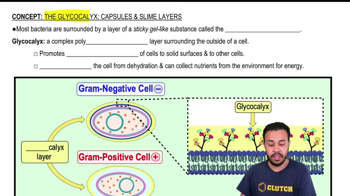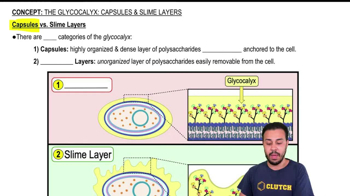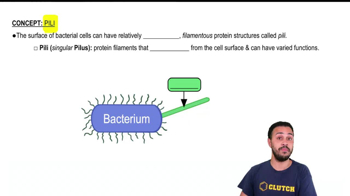Some prokaryotic cells will actually have an additional outer coating called a capsule, or sometimes it's referred to as the slime layer. I kind of love that name, to be honest. And this is a large polysaccharide coating that will surround the cells, and it's basically a protective layer for the cell. Right? Just another protective layer for that cell. Now, some cells can form what are called endospores, and these are super resilient but dormant forms of bacteria, and they basically form in response to either a lack of nutrients in the environment or some form of really harsh conditions. For example, some bacteria will form these endospores in response to high heat, something like that. So the idea is when the dormant endospore lays low, basically like hibernate, almost for super long periods of time. And seriously, we're talking like 100, even 1,000, debatably even longer periods of time before they will reactivate. And you can see just a bunch of examples of endospores here. The idea being that they come in all shapes and sizes. Don't really need to know anything specific about any of these endospores. So just another defense mechanism that some bacteria have evolved in order to avoid dying in harsh conditions. Now the last thing I want to talk about is how prokaryotes move around and also what appendages these cells use.
So, some have what are called fimbriae. And these, I kind of like to think of them as little arms because they're basically appendages that allow bacterial cells to adhere to surfaces. And you can see these little pink strands on this cell. Those are fimbriae, and they are allowing the cell to adhere to the surface it is attached to. Now, bacteria will also have what are called flagella for plural or flagellum singular. So you can see that this cell has a number of flagella. Right? I'm pointing them out with these red arrows. And these are kind of like whips in the way they move. You can see in this image here that basically they will spin around and are used for locomotion and sensation. So, they can be used for the bacteria to actually move around, and, you know, if you think about it, it's kind of crazy but these cells are so small that the flagella are almost like boring through the medium, like water, for example. Essentially like boring through the water. So I like to think of them as like a drill or something almost. And again, that just has to do with the comparative size of the bacteria to the attractive forces of those molecules. Interestingly, flagella can also be used for sensation. So, there are some that have evolved and been modified as sensory appendages.
Now the last type of appendage I want to talk about is the pilus. Sometimes it's called the sex pilus. And this is an appendage on the surface of many bacterial cells and it's involved in this process called conjugation that we're going to talk about in more depth when we discuss bacterial reproduction. But the basic idea is that this is sort of like a tube through which bacteria can pass DNA. And again, we'll talk more about this concept later but as you can see right here, this little bacterial cell in the diagram has this little appendage, the pilus, and through this pilus, it's going to move some of the DNA in this plasmid. Alright. With that, let's actually turn the page.



